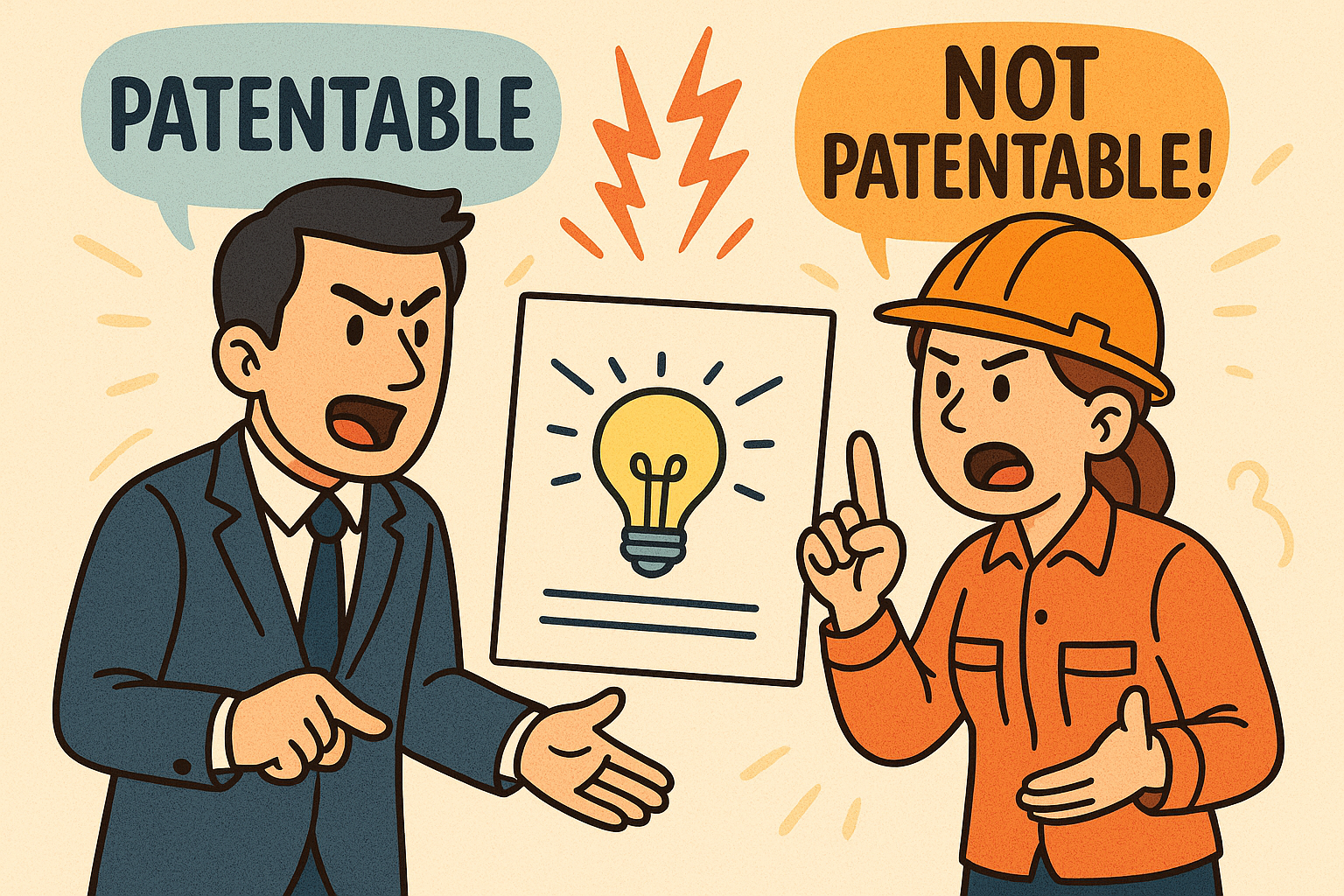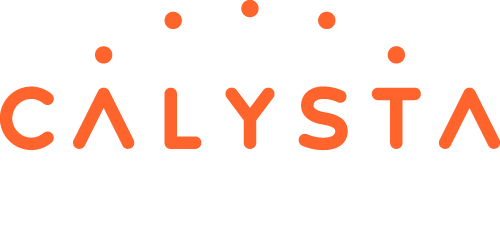
Not every invention looks like a breakthrough; Rethinking what counts as an invention
What is an invention ?
As a scientist stepping into the world of patents, I’ve come to appreciate a fascinating divergence in perspective between scientific research and intellectual property. For scientists and engineers, invention means something big, something flashy. Something that rewrites the rules of a field or make it into an international scientific journal. Something that disrupts entire industries or win prestigious prizes.
Innovations are expected to be big, bold, and transformative. Anything less can be dismissed as routine, incremental, or simply … obvious. But this view, while noble, can overlook the quieter innovations that drive real-world progress.
When viewed through the lens of intellectual property the meaning of an invention shifts dramatically. In patent law, an invention doesn’t need to revolutionize a field. It simply needs to be new, non-obvious and industrially applicable. A cleaner process, a smarter shortcut, a little change that makes a big difference. These may not be breakthroughs, but they can make a product viable or a business competitive. And surprisingly ? Those “small” things can be worth protecting.
What is obvious ?
What feels obvious to a scientist knee-deep in a technology might not be so to someone outside that specific domain. The key insight here is that patent law evaluates “obviousness” differently than scientists or engineers typically do. In the lab or on the shop floor, an improvement might feel straightforward, an intuitive next step for someone intimately familiar with the system. But what feels obvious internally may, from a legal perspective, represent a meaningful and inventive step forward. This is because the benchmark is not the expert immersed in the work, but a hypothetical person skilled in the art: a competent professional, but without the benefit of insider knowledge or hindsight.
Understanding this diverge is crucial for innovators, particularly in startups, research institutions, and industrial R&D environments. Recognizing and capturing these not-so-obvious innovations can be the difference between leading the market and watching competitors gain ground.
Failing to identify and protect these innovations can lead to missed opportunities. In today’s competitive landscape, patents are more than legal shields, they are strategic assets. They can differentiate a company in the market, deter competitors, attract investment, and increase valuation. For industries and startups alike, recognizing the patentable potential of practical, real-world improvements can be a game-changer.
How can we help ?
That’s where the right support becomes essential. With both scientific insight and patent expertise, it’s possible to help individuals and organizations see the hidden potential in their work.
By bridging the gap between deep technical knowledge and patent strategy, we can identify, protect, and valorize innovations, however modest they may initially seem.
